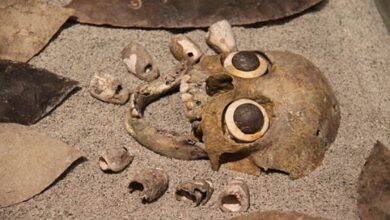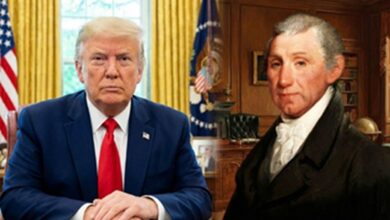Environmental balance of Santos administration: The good and the bad
After Iván Duque’s presidential inauguration in Colombia, we made a balance of what former president Juan Manuel Santos left in environmental matters

Yesterday, Juan Manuel Santos ceased to be the president of Colombia after eight years in office, to give space to Ivan Duque, representative of the right-wing party Centro Democrático. Little has been said about his results in environmental matters, so here is a list of the most important points you should know about his administration, according to experts:
1. According to Manuel Rodríguez, former Minister of Environment of Colombia, in dialogue with Mongabay Latam, "the hallmark of the Santos’ government is that it leaves a great legacy in protected areas and is something that cannot be discussed." This is because it went from 12% to more than 25% of the national territory in a state of protection. However, the IERNA 2016-2017 found that 18 areas of the system have overlaps with 29 oil blocks in execution and another 12 with 15 reserved or available blocks.
Leer en español: Balance ambiental de la gestión de Santos: Lo bueno y lo malo
2. There was a very drastic cut to the budget of the environmental sector for 2019, which, for Carlos Castaño, former director of Parques Nacionales Naturales de Colombia and current scientific director of the Fundación Herencia Ambiental Caribe, does not contribute to achieve the goals of the Sistema Nacional Ambiental. "The participation of the environmental sector in the General Budget of the Nation (PGN, by its acronym in Spanish) remained at a low 0.3%, while the participation of the mining and energy sector, one of the sectors that demand the biggest efforts of environmental monitoring and control, was assigned between 1.3% and 1.8%."
3. According to Semana magazine, the goal of reducing deforestation by 2020 is becoming more and more distant. Because of the government’s lack of response to territorial conflicts, in addition to the illegal mining, this problem has increased in the last year.
You can also read: What is expected with the arrival of 'Aquaman' to the Ministry of Environment in Colombia?
4. The carbon tax was approved as a levy on the carbon content of natural gas, liquefied petroleum gas, gasoline, kerosene and jet fuel, ACPM and fuel oil, according to El Espectador. 30% of the resources of this tax were allocated to environmental issues.
5. The Ministry of Environment and Sustainable Development (Ministerio de Ambiente y Desarrollo Sostenible) was created in 2011, with the aim of recovering the political and technical level of the ministry and the comprehensiveness of socio-environmental variables. In this context, funds were also created to focus on La Niña phenomenon and adjustments were made to the river basin management plans of the country. However, these goals were not fully achieved due to the constant changes in the portfolio managers, among other things, which led to the management of water, essential for sustainability, being divided IGNORE INTO two ministries and breaking its cycle of use.
6. Santos' government sought to reduce the autonomy of the Regional Autonomous Corporations (CAR, by its acronym in Spanish) and they were not recognized as important actors in the "peace territories", so they experience and knowledge of the territory were wasted.
LatinAmerican Post | Luisa Fernanda Báez
Translated from "Balance ambiental de la gestión de Santos: Lo bueno y lo malo"





